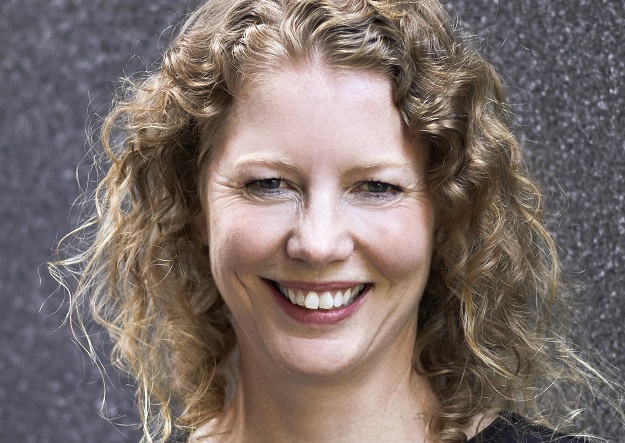
Kellie Dean, Regional Manager (Vic/Tas), Veris
In our new Leaders Forum, we ask experts to look ahead into 2022. Today we talk innovation with Kellie Dean.
As a recently appointed senior leader at Veris, and as Past-President of the Institution of Surveyors Victoria, Dean is determined to create positive change in business and enhance the profile and diversity of the space, spatial and surveying sectors.
Which technologies will revolutionise the surveying, space or spatial sectors in 2022?
As we emerge from COVID-19, we must pivot our thinking to meet the changed needs of our community. We will look to leaders in the sector to create products and services focused on housing our communities in shorter timeframes, reducing emissions and building efficient and connected infrastructure that enables our population to access vital services closer to home. Spatial products will be used to create tangible outcomes that meet the needs of multiple stakeholders. As experts in the science of measurement, data collection and data management, spatial and surveying professionals are critical to the success of these products and need to be at the centre of the conversation.
How can the industry play a role in the recovery from the COVID pandemic?
The Surveying Sector represents a 3-billion-dollar industry in Australia with cadastral surveying representing approximately 40% of this industry, and engineering surveying representing approximately 20%. As we strive to house our new entrants to Australia, cadastral surveying will be a highly sought-after service. Our planning and engineering surveying services will also play a crucial role in delivering the infrastructure required to service liveable cities, particularly in revitalised regional areas.
What’s on your wish list for 2022?
I volunteer as a Director on the Board of the Institution of Surveyors Victoria. In this role I am fortunate to sit on the Project Advisory Committee of an important cadastral licensing review project that is being undertaken by the Surveyors Registration Board of Victoria. This project is focused on understanding what a fit-for-purpose competency-based training model for licensing surveyors (after graduation from university) might be. I hope that the research will lead to a more streamlined process that enables graduates to become licensed in Victoria in much less time than the average eight years it is currently taking.
Which challenges or opportunities should the industry be focused on?
As an industry we are facing a significant skills shortage and a lack of diversity. In my role as co-convenor of the Space, Spatial and Surveying Diversity Leadership Network (SSS-DLN), I am focused on improving the dire statistics relating to diversity and inclusion in the space, surveying and spatial sectors at the national level. The SSS-DLN has created a 2021–25 Strategic Plan, which was launched earlier this year to focus on key initiatives that will create a sector with the best mix of people and capacity to deliver the solutions our community needs. I encourage everyone to read the Strategic Plan and ask how you can be involved. In my view, only by building the profile of the space, spatial and surveying sectors by communicating with the public and sharing stories about the ample career opportunities, will we overcome our skills shortage.
What do you think your customers are looking for in 2022?
I find clients are looking for us to provide solutions that help them deliver on project outcomes. Typically clients seek spatial products combined with consulting advice that helps to navigate complex stakeholder or legislative environments. At Veris, we are focused on providing a suite of products and services that add value to the data we collect through the whole lifecycle of a project. We have created a cloud-based data hosting, delivery and visualisation platform named 3SiDe, which enables users to easily access, interrogate and download 3D data via a web browser. We have also created a platform named Vantage, a web-based GIS portal that manages data during the planning and construction phases of greenfield projects. Both platforms enable our clients to integrate and visualise data from several sources.
What are your organisation’s priorities for 2022?
We are focused on our people and building a fabulous employee experience; we already have one of the most impressive flexible work policies I have experienced. We are further investing in building a supportive and nurturing graduate program, closing the gap between indigenous and non-indigenous Australians through our alliance with Wumara Group, and creating an inclusive culture for our people that reflects our vision and values.
This article was first published in issue 116 of Position magazine.
Stay up to date by getting stories like this delivered to your inbox.
Sign up to receive our free weekly Spatial Source newsletter.







